The US Department of Agriculture has announced a significant decline in the number of dogs being experimented on in laboratories across the country. According to official data, the number of dogs used in experiments has decreased by nearly 30% over the past two years, marking a major shift in the secretive dog experimentation industry.
Animal welfare advocates have long criticized the practice of using dogs in laboratory experiments, citing concerns over animal cruelty and the lack of transparency surrounding the industry. The decrease in the number of dogs being used in experiments is seen as a major victory for animal rights groups, who have been pushing for stricter regulations and greater accountability within the industry.
"We are thrilled to see the number of dogs being used in experiments decline," said Rachel McCrystal, executive director of the Animal Welfare Institute. "However, we still have a long way to go in terms of ensuring that animals are treated with the respect and dignity they deserve."
The decrease in the number of dogs being used in experiments is attributed in part to increased public scrutiny and pressure from animal welfare groups. In recent years, several high-profile cases of animal abuse and neglect have come to light, sparking widespread outrage and calls for reform.
One such case involved Ridglan Farms, a laboratory animal supplier that was accused of mistreating dogs and other animals. The incident sparked a national outcry and led to increased calls for greater transparency and accountability within the industry.
The global animal welfare community has also been instrumental in pushing for change. Organizations such as the Humane Society International and the World Animal Protection have been working tirelessly to raise awareness about the issue and push for stricter regulations.
In addition to the decrease in the number of dogs being used in experiments, there are also signs that the industry is shifting towards more humane and alternative methods. Some researchers are now turning to computer simulations and other non-animal methods to test new treatments and products.
While the decline in the number of dogs being used in experiments is a significant step forward, animal welfare advocates caution that there is still much work to be done. "We need to continue to push for greater transparency and accountability within the industry," said McCrystal. "We also need to ensure that animals are treated with the respect and dignity they deserve."
As the industry continues to evolve, it remains to be seen what the future holds for animal experimentation. However, one thing is clear: the tide is turning in favor of animal welfare, and the secretive dog experimentation industry is crumbling.
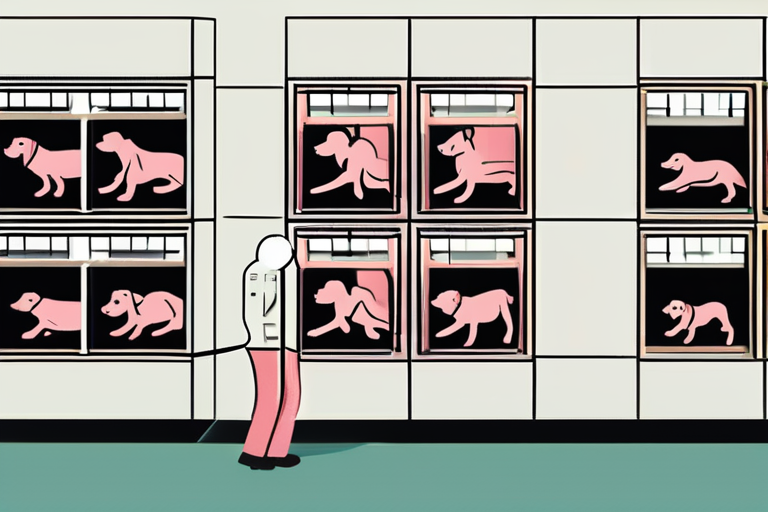



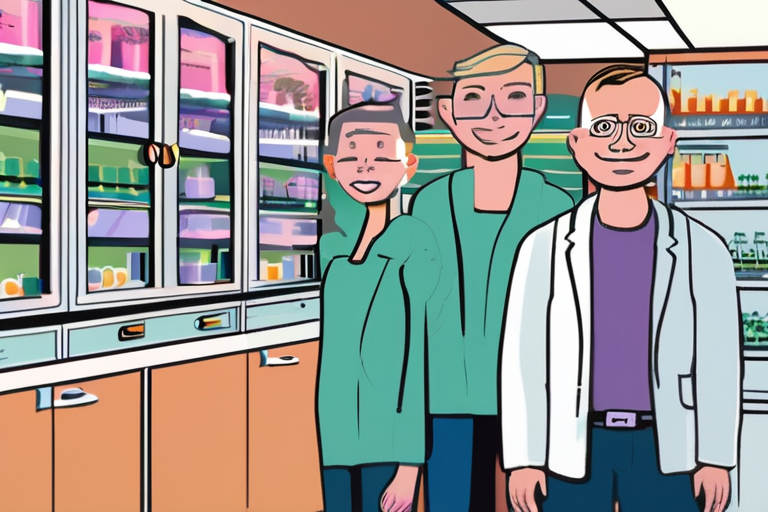

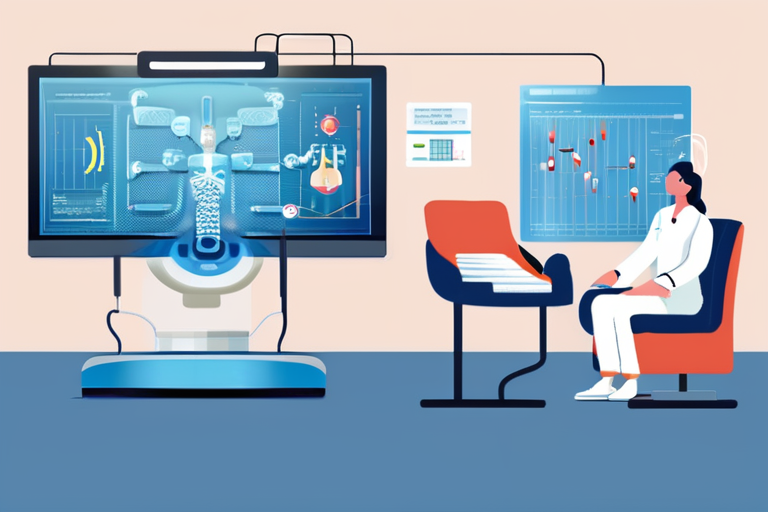
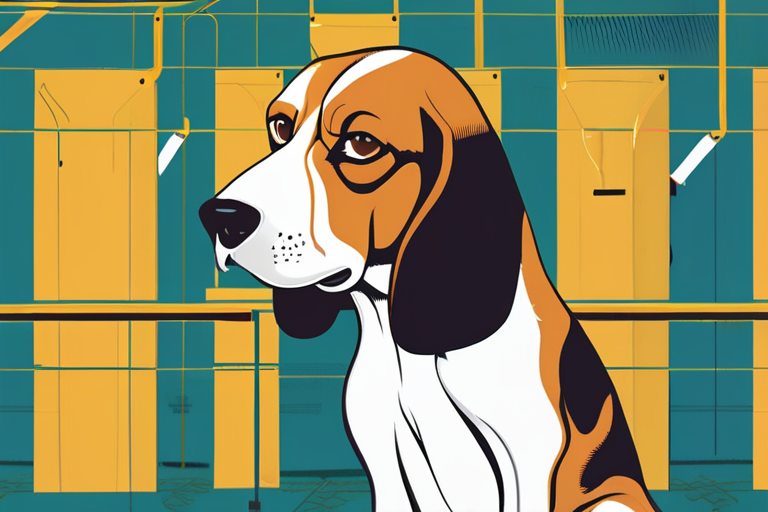





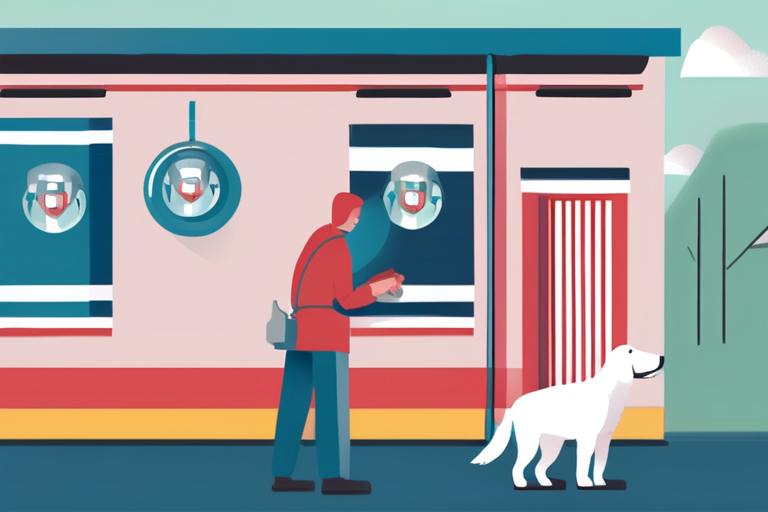

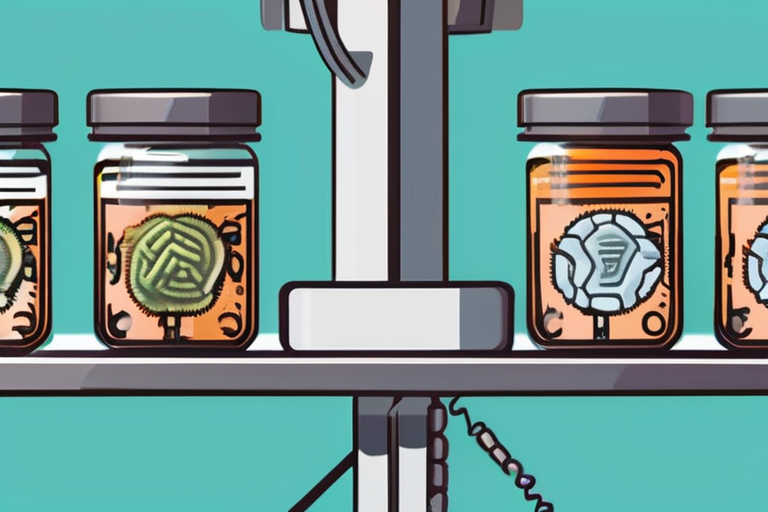


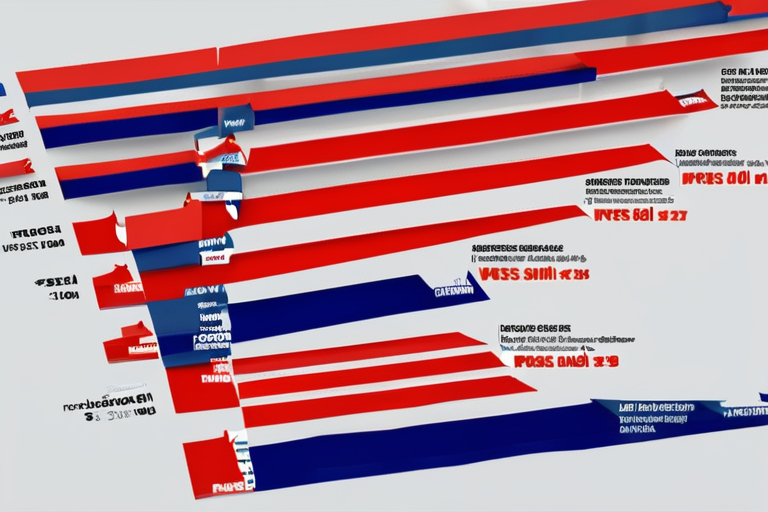


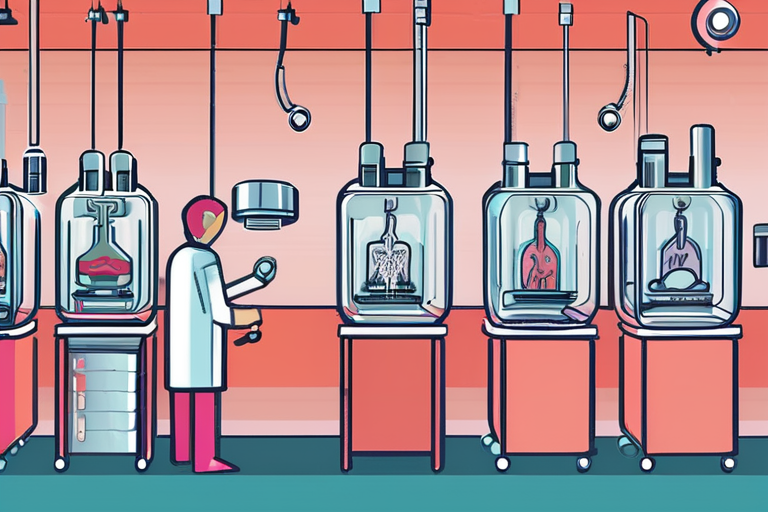





Share & Engage Share
Share this article